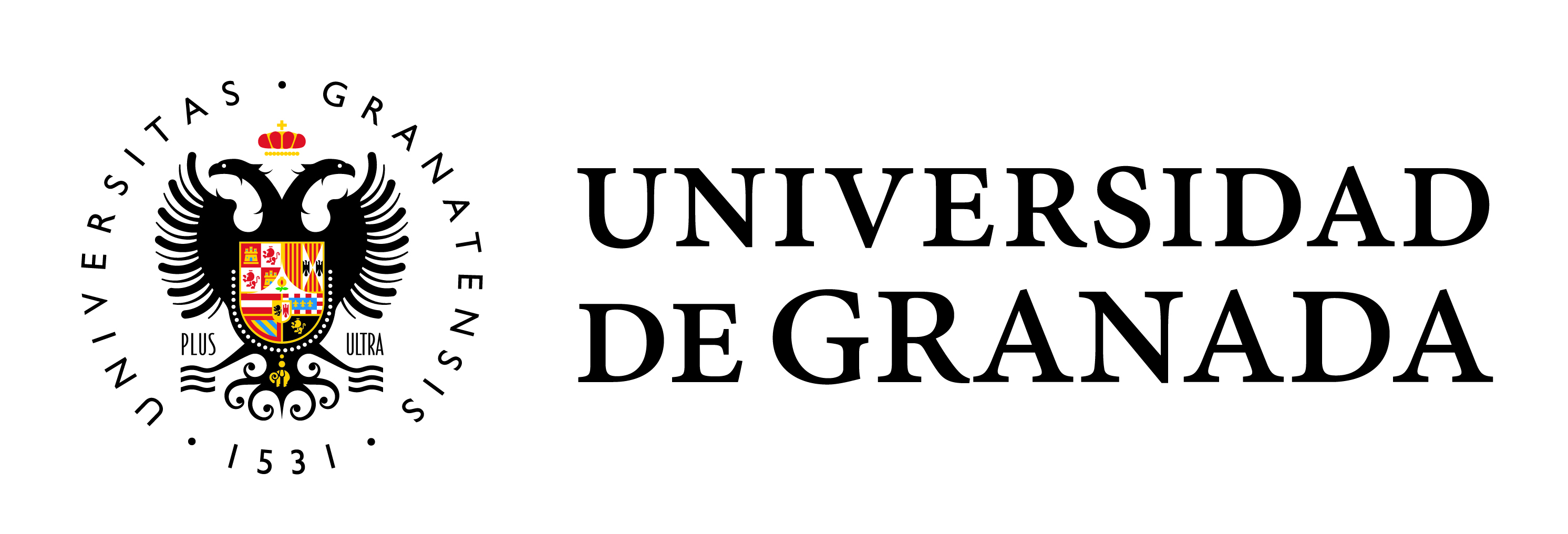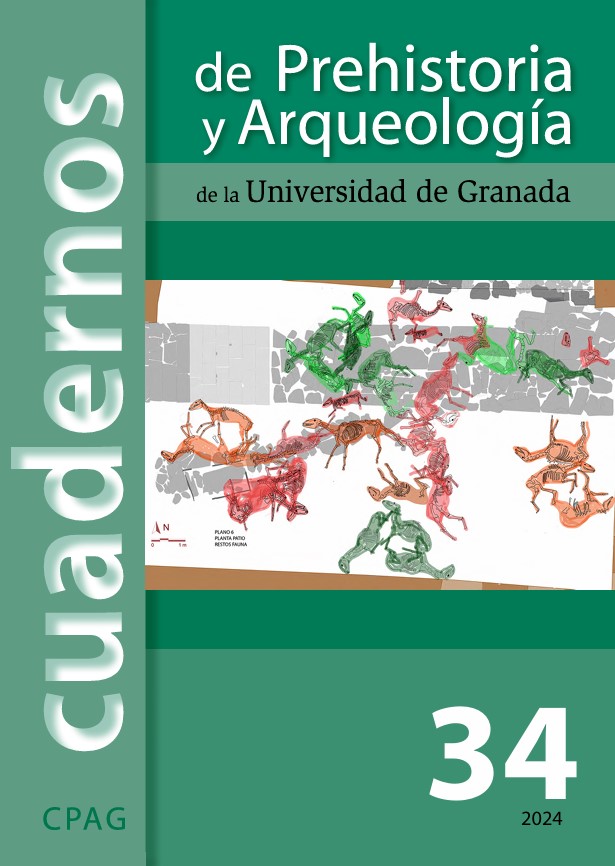ARCHAEOMETRIC CHARACTERIZATION OF A SET OF CERAMICS FROM THE VETTON OPPIDUM OF ULACA (SOLOSANCHO, ÁVILA) AND ITS POSSIBLE CONNECTION WITH VACCEAN PRODUCTIONS
Main Article Content
Abstract
An archaeometric study of a set of ceramics, dated between the 2nd and 1st centuries B.C., from the Vetton oppidum of Ulaca (Solosancho, Ávila) has been made. The aims have been focused on knowing for the first time the characteristics of raw materials and the production technology of ceramics from this important Vetton settlement in the Amblés Valley. For this purpose, the ceramic assemblage was studied using conventional analysis techniques (stereo microscope, XRD, XRF, FESEM-EDS). The results indicate that the ceramic material is very homogenous, that the clays used are geologically compatible with the environment of the site and that these clays were fired at a relatively low temperature. By contrast, two of the samples present a high compositional compatibility with some of the Vaccean ceramic productions from the surroundings of Pintia (Valladolid), which may preliminarily suggest possible trade or other type of contacts between Ulaca and the Vaccean communities.



